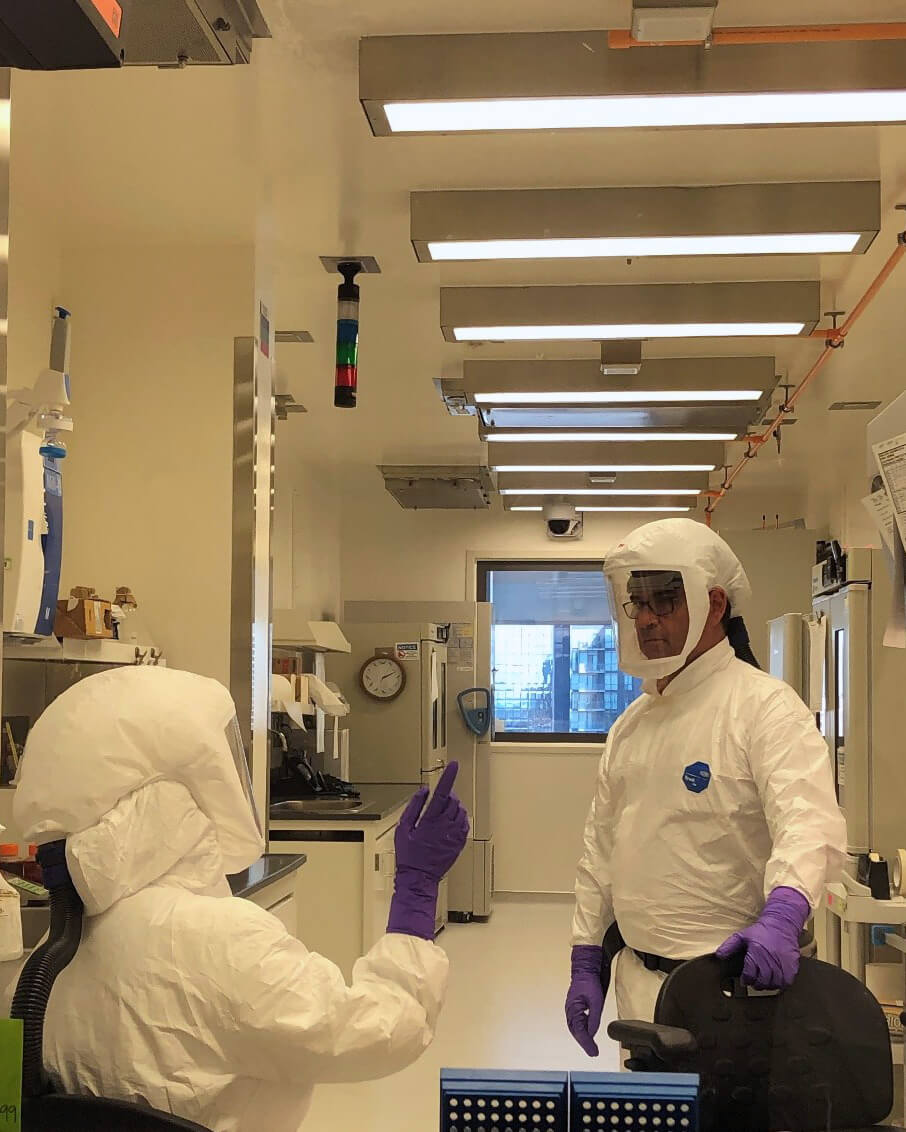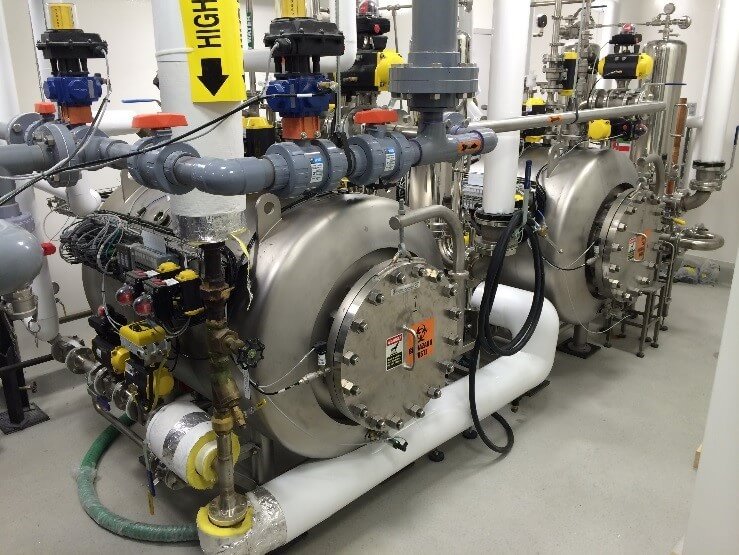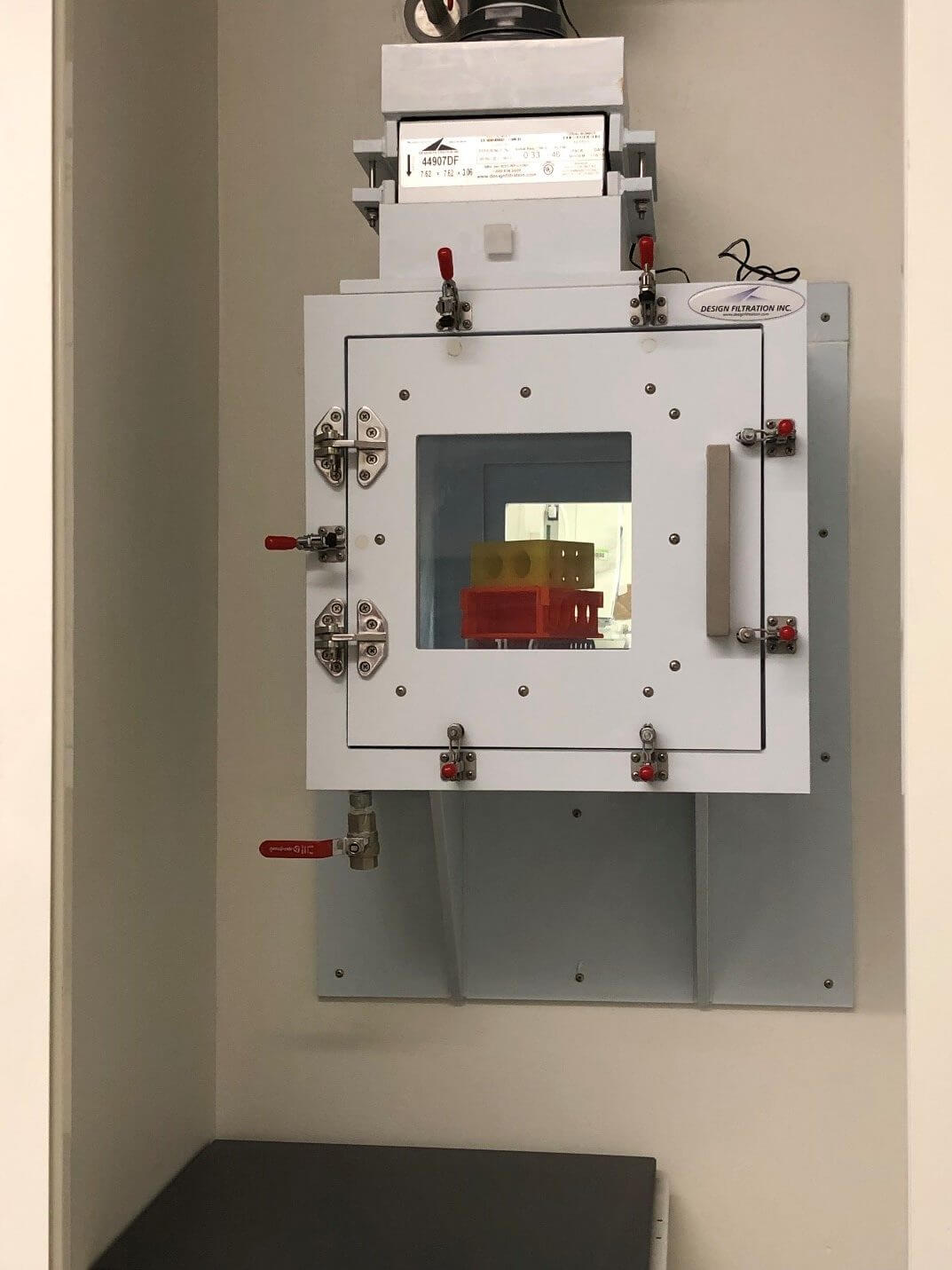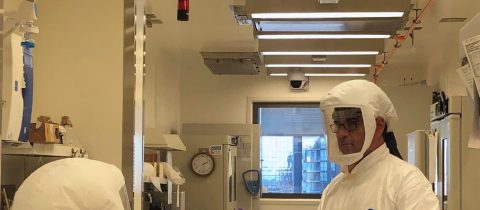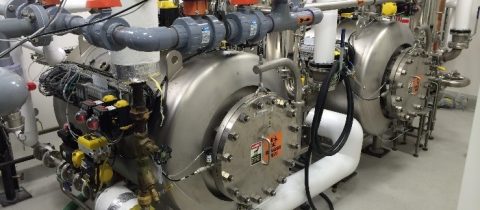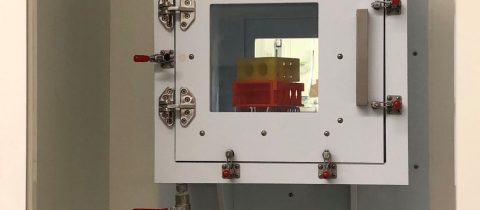Public Health Ontario | Toronto, Ontario, Canada
For the new Public Health Ontario (PHO) CL3 laboratory, Merrick & Company provided full architectural planning and design, mechanical, electrical and plumbing engineering design, construction supervision, commissioning support, and PHAC certification support from program verification through final construction and certification. Located in downtown Toronto, the site represents PHO’s central laboratory facility and provides clinical and environmental testing, related expert advice, and research in support of the prevention and control of infectious diseases and the protection and promotion of the public’s health in Ontario. Public Health Laboratories (PHL) Toronto is comprised of 160,000 SF on the upper four floors of the twenty-story building of which 7,000 SF is CL3 laboratories and support areas.
In particular, the PHL program focuses on clinical microbiology, virology, chemistry (trace elements), environmental bacteriology which includes water and food testing, agents of bioterrorism, and performs testing in support of public health (e.g., Ebola, SARS, West Nile Virus, Tuberculosis, HIV, and Hepatitis). PHL handles approximately 2.5 million specimens per year with a staff complement of approximately 400.
Merrick’s design approach included extensive user group consultations leading to a flexible modular design consisting of three zones with isolation capacity for program change and gaseous decontamination. Through understanding of process flow and scientific requirement, Merrick was able to design a layout accommodating the laboratory testing functions of PHO’s previous facility in a footprint that is 23% smaller while still providing for future flexibility and expansion of the program.
A full mechanical floor has been provided in order to ensure MEP systems can be maintained from outside the CL3 and without disturbing the laboratory program. All waste streams are decontaminated prior to leaving the facility. All supply and exhaust air is HEPA filtered at the containment boundary, liquids including fire water from the mist suppression system are treated using a dual chemical/thermal effluent decontamination system, laboratory waste via barrier autoclaves, and equipment through the use of a fully automated VHP/Formaldehyde material airlock.
All systems were designed to provide maximum program flexibility over the anticipated 30-year lifespan of the facility, while providing the redundancy to ensure continuous 24/7 operation.

